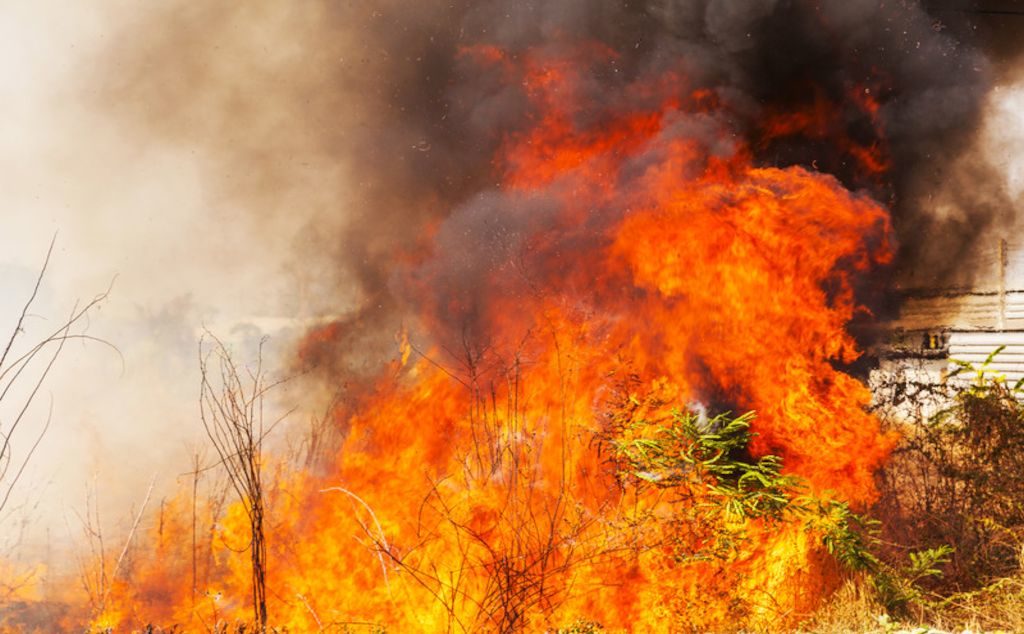Environment, Safety, Health
Emergency Preparedness – Are You Ready? Supply Requirements.
Do you remember a time when there was a break between one weather related natural disaster season to another? A typical calendar year started with snow-ice-blizzards, followed by flooding, tornados, fire storms, hurricanes, then back to winter weather. Even though these cycles continue there is a merger of disaster seasons where a combination of events are in progress concurrently. The result is a larger segment of the population is increasingly exposed to the hazards of nature’s fury.
As the frequency and intensity of weather events increase it’s essential for individuals to take steps for emergency preparedness. The American Red Cross publishes a Survival Kit Supply list presented below with modifications. Natural disasters can strike with no or minimal warning so assembling and maintaining kits for home, vehicle and work is vital.
Emergency Preparedness Survival Gear
- Water: one gallon per person, per day (3-day supply for evacuation, 2-week supply for home)
- Food: non-perishable, easy-to-prepare items (3-day supply for evacuation, 2-week supply for home)
- Flashlight: rechargeable shake flashlight, crank flashlight and/or headlamp
- Battery-powered or hand-crank radio (NOAA Weather Radio, if possible)
- Extra batteries (D, C, AA, AAA and 9-volt batteries at ecocentricnow.com)
- Deluxe family first aid kit
- Medications (7-day supply) and medical items
- Multi-purpose tool with can opener. Whistle
- Sanitation and personal hygiene items
- Copies of personal documents (medication list and pertinent medical information, proof of address, deed/lease to home, passports, birth certificates, insurance policies)
- Cell phone with chargers Vortex Crank Flashlight and portable Solar Power Chargers. Remember texting is more efficient than phone calls when phone service is disrupted.
- Family and emergency contact information
- Extra cash
- Emergency blanket or sleeping bag
- Map(s) of the area. Particularly important with vehicle safety kit.
- Baby Supplies: diapers, formula, bottle, etc.
- Pet Supplies: food, leash, collar, etc.
- Bleach
- Extra clothing, hat, footwear, rain gear, and gloves
- Plastic sheeting and duct tape. 1-gallon freezer bags.
Planning, Sharing and Reviewing
Emergency preparedness planning is key to weathering a natural or man-made disaster. In addition to a survival kit also have a plan that addresses letting others know your whereabouts and rendezvous location. Teach the preparedness plan to your kids and review periodically so safety procedures remain fresh.

